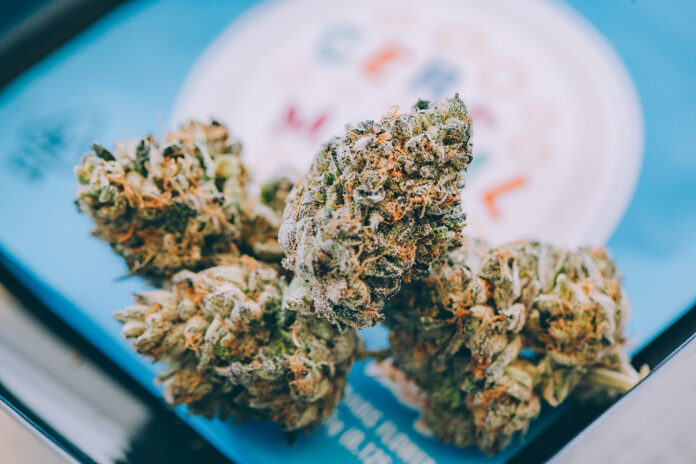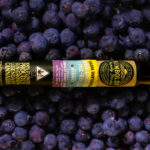Over the past year, blockbuster indoor exotics have been the biggest buzz in the cannabis flower category. Brands like Cookies, Connected, Alien Labs, and Sherbinskis have become staples of streetwear culture. The brands also are synonymous with an industry-wide potency surge, which has seen baseline THC percentages in top-shelf flower soar above 25 percent — a trend that coincides with increased prices.
Between 2020 and 2021, the average price for flower climbed 16.5 percent in the western United States, according to data analysts at Headset. Eighths from the aforementioned brands are commanding prices upward of $75 before tax, which in California can be as high as 38 percent.
For many consumers, cannabis is too expensive.
In response to this problem, a lower-tier flower category has emerged featuring well-realized brands and sub-brands from major players. All of them are finding an enormous upside on the bottom shelf. Evidently, a growing number of consumers actively seek affordable cannabis.
Affordable cannabis category leaders
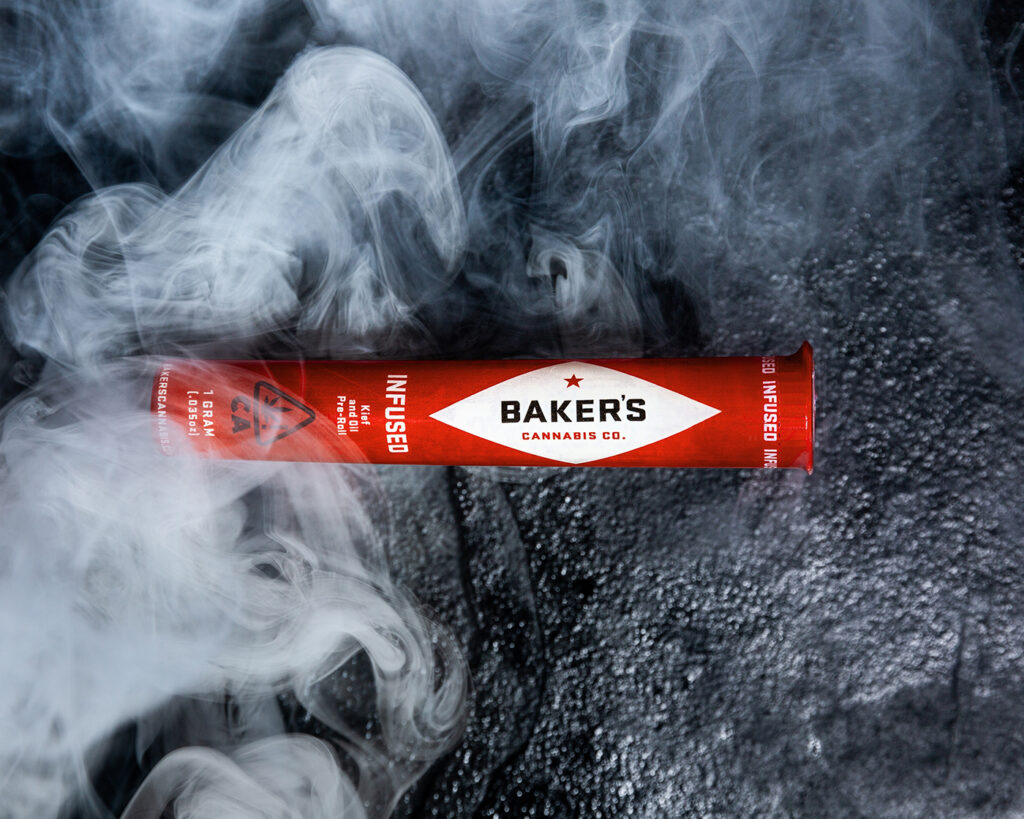
“You can build a great company growing low-cost products and giving people good value,” said Adrian Sedlin, founder and chief executive officer at Canndescent, whose sub-brand Baker’s is among the big movers in the ground budget cannabis category. Brands like Baker’s, Pacific Stone, Dime Bag, Caliva’s Deli, and Screaming Trumpets have grown in popularity quickly by heeding the market’s pleas for reasonably priced flower.
Old Pal, another leader in the category, is best known for its whimsical Western-themed tobacco pouches of ground flower. The brand has found enormous success in California and beyond, spawning a wave of imitators keen to make a mint on a lower-priced products in a convenient new form. “We’re trying to be right at the nexus of price, quality, and consistency,” said Jason Osni, the brand’s co-founder.
Old Pal’s popular 5g ready-to-roll pouch with papers is exactly that: a solid, reliable smoke priced at $20 via the brand’s Amuse direct-to-consumer channel. At just $4 per gram, it’s a great deal for anyone looking to get high on a budget, something Osni sees as a competitive imperative for his company. “The average consumer walks into a store with a $20 bill to buy booze or cannabis, and they ask, ‘What can I buy?’” Osni said. “Your job as a company is to be the best option that consumer can afford.”
The king of affordability in California appears to be Pacific Stone, which has become one of the state’s biggest brands by giving its customers a superb deal. Its half-ounce of “sugar shake” retails at some locations for as little as $37, making it just $2.64 per gram; its eighths of whole flower have a manufacturer’s suggested retail price of just $20.
The category ought to be compelling to high-end flower brands keen to deepen their market share with lower-grade buds, shake, and trim. Baker’s launched in April 2020 as a lower-tier offshoot of Canndescent and Good. The brand was an immediate success, benefitting from the vast market penetration of its upscale older siblings. Baker’s offers a half-ounce pouch of ground flower, a five pack of half-gram pre-rolls, and a variety of single pre-rolls, all in a rotation of fifteen to twenty different strains.
“With Baker’s, our mission is simply to provide quality cannabis at an affordable price,” said Sedlin. “We’ve seen a great response and demand for the products, allowing us to grow the line while remaining a budget-friendly option. Our products were created to deliver a low-cost, high-quality experience, and our key demographic includes value shoppers and consumers looking for an affordable, highly potent product.”
Market size
According to Headset’s data, ground flower pouches totalled $19.8 million in sales in the U.S. during 2020. “Digging further, we saw consumers in the U.S. prefer the 14g package size, which outsold the 7g package size by $2.8 million,” a company report noted. “In Canada, consumers prefer to buy their ground flower in the 3.5g package size, which made up 90 percent of ground flower sales.”
While $20 million nationally isn’t particularly impressive, ground flower sales are expected to grow very quickly. According to strategic communications firm ICR, 2020 data indicated price was by far the most important factor for consumers.
Unsurprisingly, multistate operators also are getting in on the action. Jushi, a company known for its rigorous, data-led approach, launched a ground-flower line called Seshe as part of its house of brands. Cresco, too, has added a “popcorn” and shake brand called High Supply to its extensive portfolio. Delivery platform Eaze, presumably guided by internal data indicating consumer desire for good, cheap fun, released its first private-label line of budget-friendly (though not ground) flower under the name CIRCLES. The brand has held the top-ranking spot in Eaze’s sales for the past twelve months.
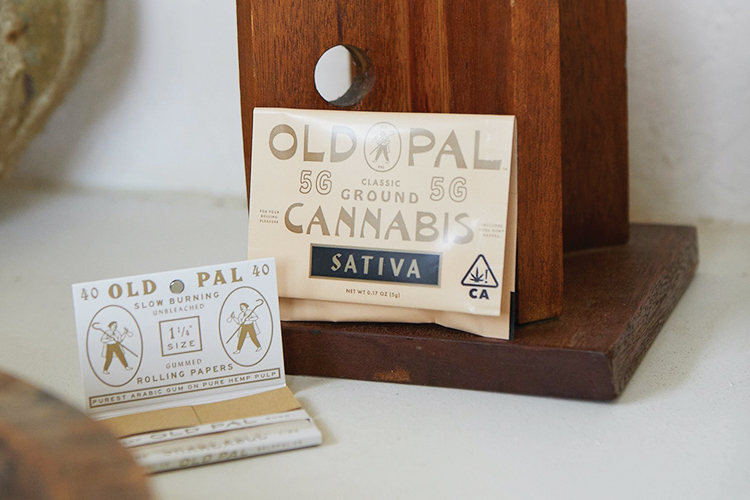
Strong signals indicate budget brands could become a trend beyond California. Old Pal has expanded into Massachusetts, Michigan, Nevada, Ohio, Oklahoma, and Washington. The company also secured an $8 million investment from Turning Point Brands, the tobacco and smoking accessories company behind Zig-Zag papers, to drive further expansion. Using an extensive set of standard operating procedures aimed at utilizing the full harvest, Old Pal aims to replicate its promise of consistent quality at lower price point in each market and has secured regional partners receptive to its model.
“If you’re a top-shelf flower brand looking to expand into [another state], you can’t really come to the cultivator and say ‘We only want your very best, highest-margin product, and we want to take a royalty on it,’” said Osni. “Our approach is that we want to buy everything and work with you to diversify your canopy into multiple low-, mid-, and high-end product categories and commercialize your entire cultivation. All you have to do is grow. That’s a very different proposition.”
Consumer habits
Perhaps it’s unsurprising some budget brands benefited considerably from the COVID-19 pandemic that created a surge in demand for cannabis (particularly flower) while tightening the purse strings of millions of households. The convergence of factors ballooned the opportunity at the south end of the market.
“[The pandemic] was extremely influential on the trajectory of Baker’s,” said Sedlin. “We accelerated the launch because we started noticing a high demand for value brands. This was a time when incomes were dropping, jobs were disappearing, taxes were rising, and COVID-19 was spreading throughout our communities.”
Retailers noticed a marked shift in consumer buying habits. “As more people stayed at home during [pandemic lockdowns], they wanted to have a decent amount of weed but at the right price,” said Jordan Siem, manager of Los Angeles legacy dispensary Greenwolf, where Old Pal’s whole flower bags have become a bottom-shelf staple. “There are a lot of people who don’t want to spend hundreds and hundreds of dollars for that.”
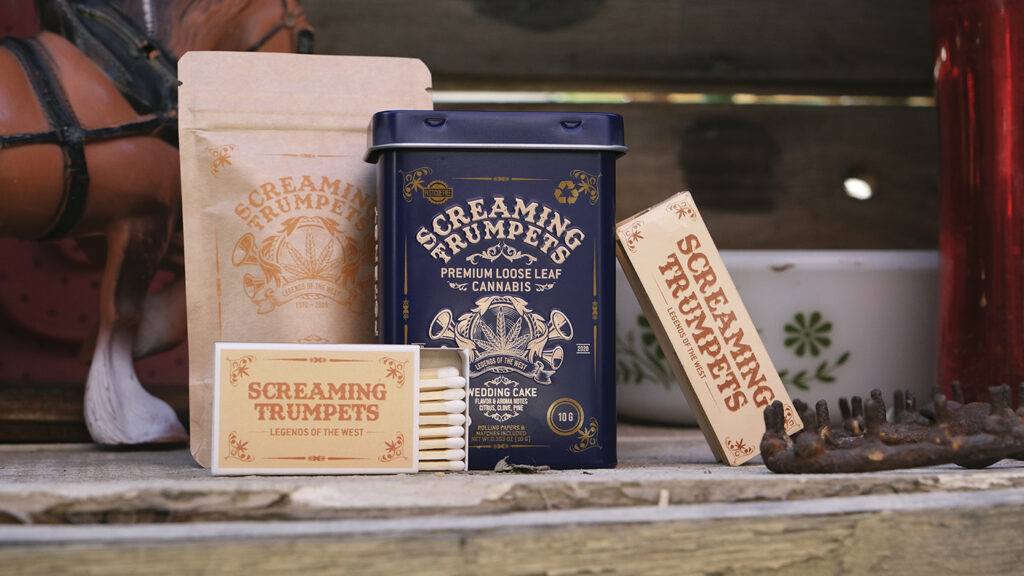
Added Elizabeth Caffrey, the store’s owner, “Even being a premiere shop like Greenwolf, we wouldn’t be making premiere money every day if we depended only on high-end brands. Nobody is coming in every single day to buy the most expensive eighths. That’s why the high-end brands have to create hype and always have something new.”
Cannabis was prohibitively expensive for many consumers even before the pandemic upended the market. “I would say affordability is the number-one barrier to access,” Debbie Churgai, executive director at Americans for Safe Access, told NBC. In 2018, the Washington D.C.-based organization that advocates for safe, legal access to weed conducted a patient survey that revealed 25 percent of the 525 respondents said they often go without plant medicine because they cannot afford it in their state.
It wouldn’t be unreasonable to theorize high taxes and regulatory overhead stifle opportunities for licensed operators by pricing many consumers into taking their chances with illicit sellers. Brands like Baker’s, Old Pal, and Pacific Stone could be an important bulwark against the black market. Greenwolf’s Caffrey, however, is skeptical any deal will bring some underground consumers to the light. “In our experience—and we’ve been around for a long time—lots of those people won’t give one extra penny to The Man,” she said.
Perhaps it’s a tad generous to paint inexpensive flower brands as margin martyrs on a mission to keep low-dollar/high-volume consumers from veering toward the dark side. But regardless, the industry should take note: There is enormous value in affordability, particularly in a market with increasingly expensive weed.







